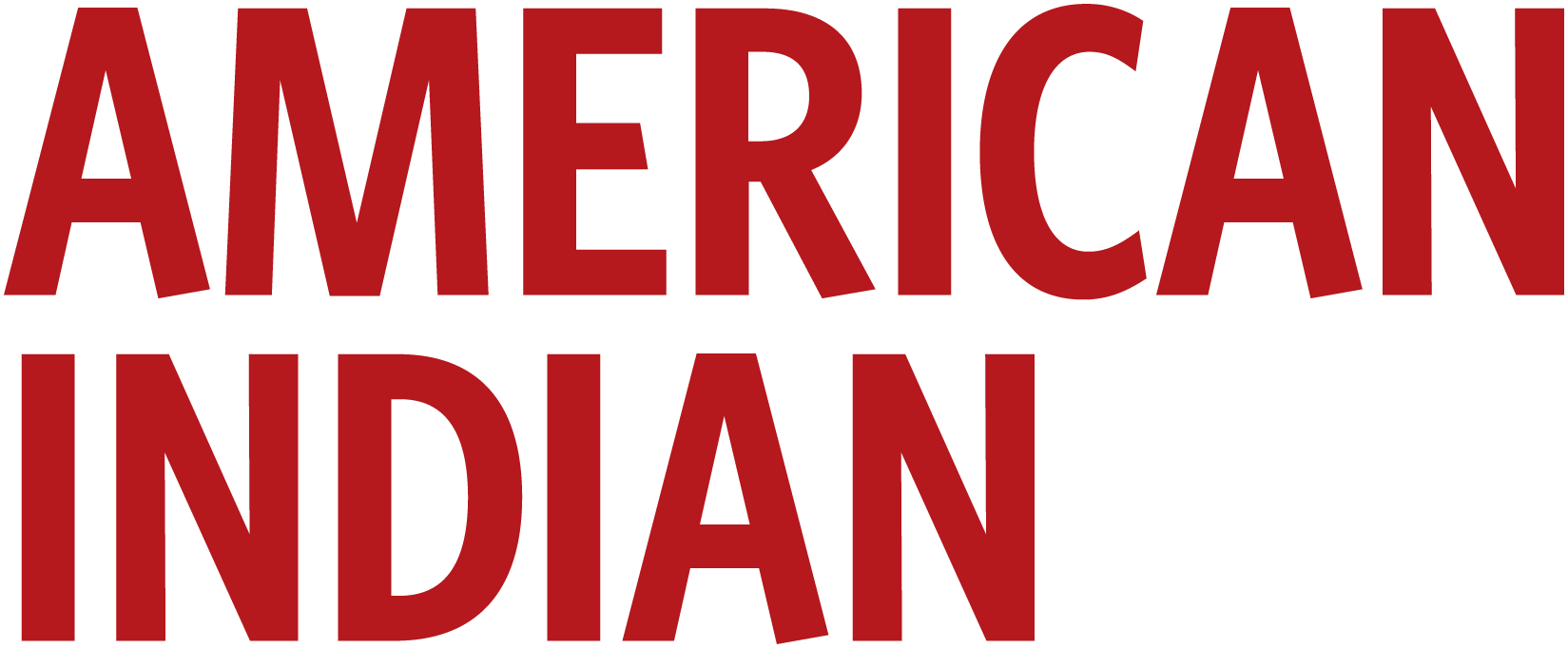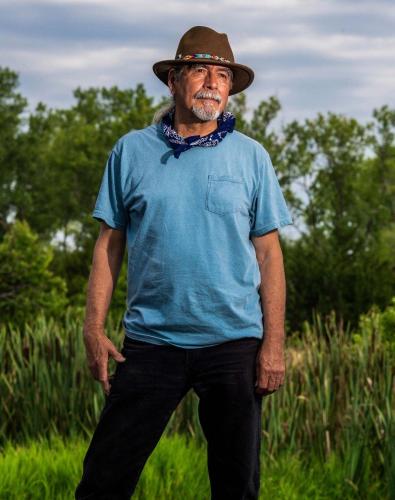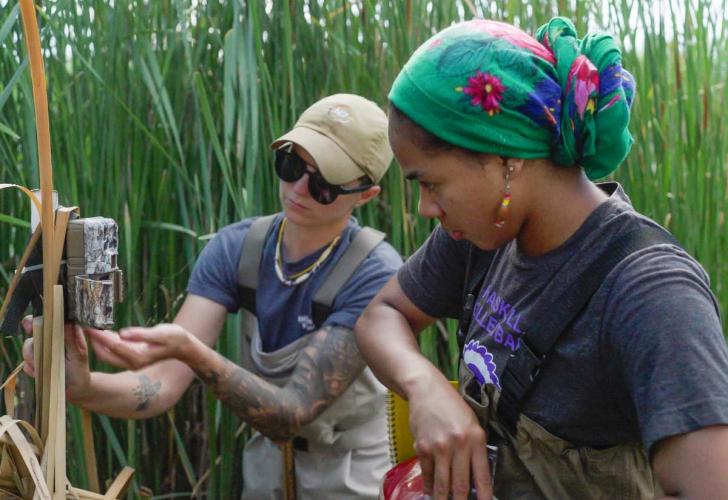Many of the most pressing problems humankind now faces are so complex that they cannot be solved by the knowledge produced within a single academic discipline or discoveries obtained through classic research methods alone. Tribal colleges and universities in the United States offer unique knowledge that is advancing science by drawing on Indigenous peoples’ worldviews, values and intellectual traditions. Such traditional knowledge has roots in their homelands, but it is never confined within conceptual boxes. Although many educators as well as organization and corporate leaders have yet to recognize this “power in place” and the contributions that these institutions can make to society, their valuable work is now coming to light.
The first tribal college, the Navajo Community College, opened its doors on the Navajo Reservation in Tsélání, Arizona, in 1968. Today, 35 accredited tribal colleges and universities exist in the United States: 18 in the Great Plains, six in the Great Lakes, six in the Southwest, two in the Northern Rockies, one in the Northwest, one in California and one in Alaska. Most are located on reservation lands and primarily serve Native students, although many also have non-Native students from surrounding areas. These institutions vary in enrollment from a couple of hundred to almost 2,000 students. Some are two-year community colleges granting associate degrees and specialized certificates. However, many now have baccalaureate degree programs, and several offer graduate degrees.
Two of these institutions—Southwestern Indian Polytechnic Institute (SIPI) in Albuquerque, New Mexico, and Haskell Indian Nations University in Lawrence, Kansas—are run by the federal Bureau of Indian Education. They are chartered to serve exclusively Native students of federally recognized tribes. Because of its location, most of SIPI’s students are primarily American Indians of the Southwest. Haskell, having been established in the heartland more than 100 years ago, has averaged an enrollment of approximately 800 students from more than 100 federally recognized tribes in 40 U.S. states.
The many Indigenous cultures these institutions lift up are as varied as the landscapes on which these tribal colleges and universities sit. Native cultures, knowledge and intellectual traditions are included in the education and research conducted on these campuses. Indigenous peoples see their communities as part of the natural world. Community-based research adds an essential, rich element to convergent science, in which many disciplines work together.
The late ecologist and sociobiologist E.O. Wilson talked about the need to develop a “science of consilience,” in which the domains of biology, ethics, environmental policy and social science come together to create a conceptually unified body of knowledge about the world we live in. Many Indigenous thinkers might agree yet note two omissions: the spiritual dimension that is inherent in Native worldviews as well as the natural life cycles and regenerative features of our Mother Earth.
However, unlike many religious traditions based on an explicitly stated theology, what Wilson and many other scientists think of as “religion” fails to grasp that many Indigenous ceremonial traditions convey what is sacred through actual experience in the natural world and this culminates in a way of life. This engagement of Indigenous students with traditional ways of living is creating opportunities for scientific research collaboration around those problems that defy easy disciplinary categorization.
In 1994, the U.S. Congress passed a law designating tribal colleges and universities as “land grant” institutions, which enabled them to develop agriculture-related education and research. One such program that resulted was FALCON (First Americans Land Grant Consortium), which provides information, expertise and resources about food, health and other topics to tribal college and universities.
This is just one program that is growing because of community engagement. Other environmental and agricultural programs include the Salish Kootenai College’s natural resource management degree that synthesizes Indigenous research methodologies such as tribal members’ oral histories and observations of environmental changes over time with academic science conducted today. This can help provide students with the necessary skills to conduct studies for tribal nations and communities. The College of Menominee Nation’s Sustainable Development Institute and the Northwest Indian College’s Bachelor of Science program in Native Environmental Science embrace tribal culture–informed and relevant research, which have produced numerous research publications. Haskell’s Rising Voices, Changing Coasts Hub applies convergence science in which Indigenous peoples of Alaska, Hawai‘i, Louisiana and Puerto Rico are collaborating with an established research institution to create data-rich science by honoring the power in places.
The value of Indigenous knowledge, traditions and wisdom cannot be overstated. Public and private colleges and universities as well as other research institutions are beginning to recognize that Native peoples with ancient relationships to specific landscapes and seascapes and the life that resides there know much about what has happened, is happening and might happen in these places they call home.


